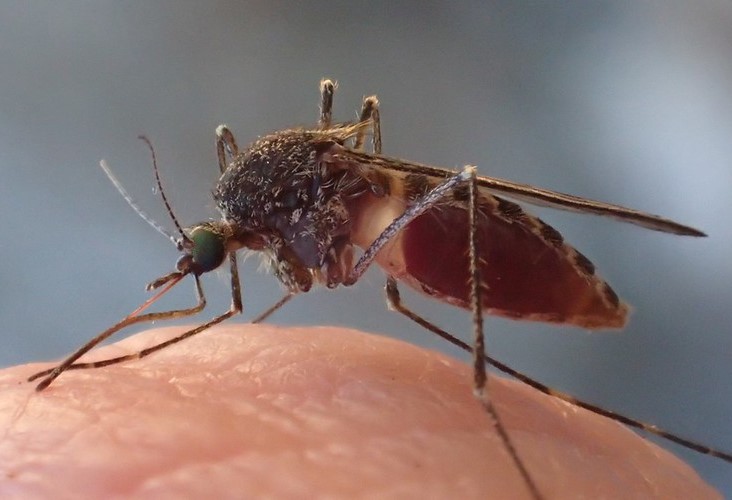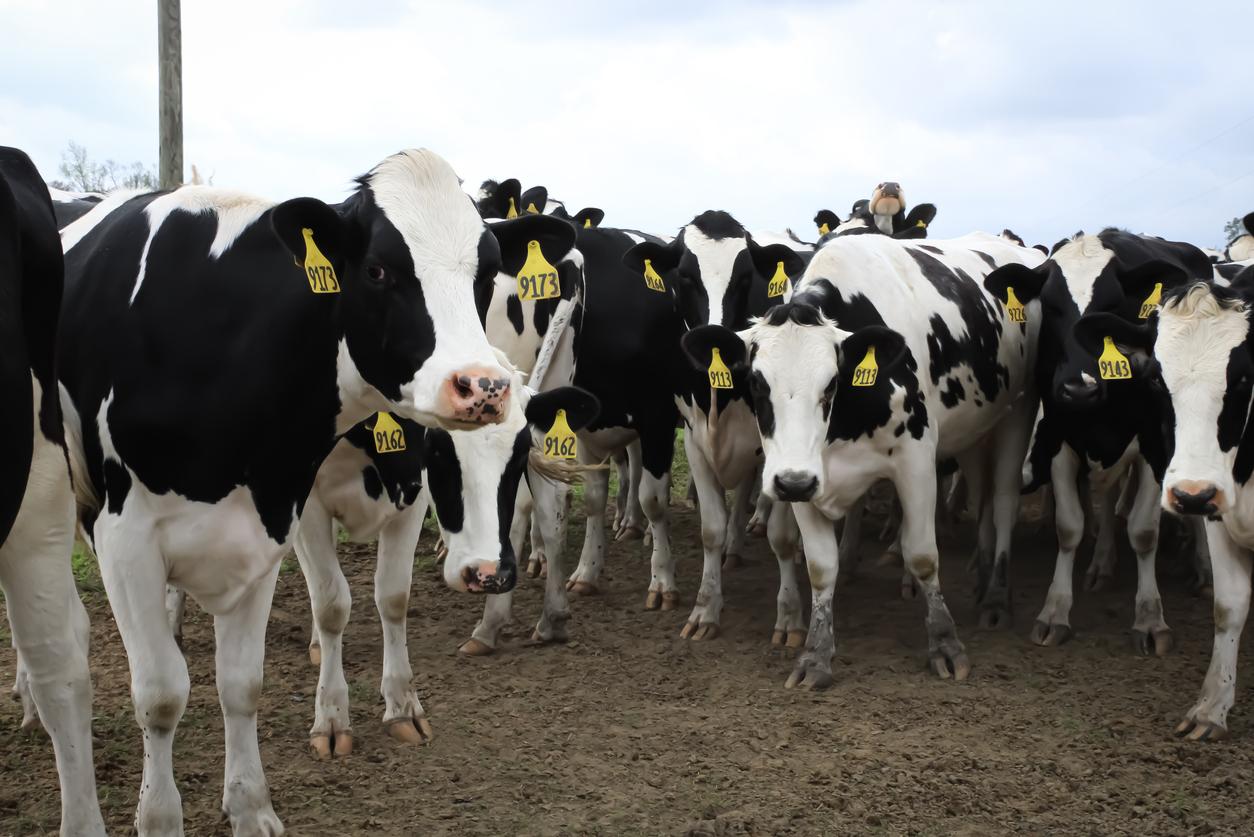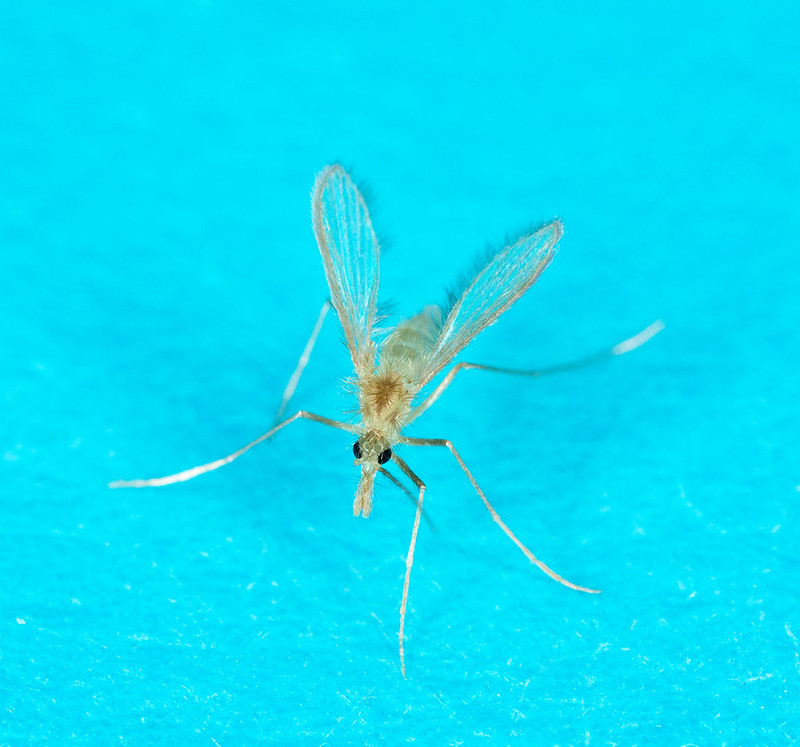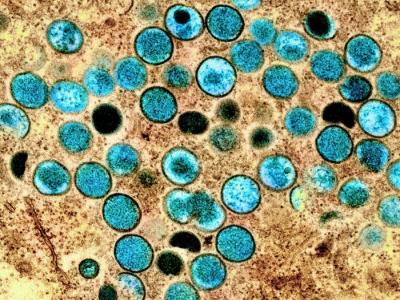
Massachusetts officials over the weekend announced plans to start spraying for mosquitoes in two counties to reduce the risk from eastern equine encephalitis (EEE).
Officials from the Massachusetts Department of Health (DPH) and the Massachusetts Department of Agricultural Resources said they will conduct aerial spraying in parts of Plymouth County and truck-mounted spraying in parts of Worcester County to target mosquitoes carrying the virus. On August 16, the DPH reported the state's first EEE case since 2020, in a man in his 80s who was exposed in Worcester County.
EEE is a rare but serious mosquito-borne illness that can lead to severe neurologic complications and potentially be fatal. In the 2019-20 EEE outbreak in Massachusetts, 17 cases and 7 deaths were reported.
"We have not seen an outbreak of EEE for four years in Massachusetts," DPH Commissioner Robbie Goldstein, MD, PhD, said in a DPH press release. "This year's outbreak and activity raise the risk for communities in parts of the state. We need to use all our available tools to reduce risk and protect our communities."
DPH officials are also advising residents of high-risk areas to schedule outdoor activities to avoid dusk-to-dawn hours to minimize exposure to the mosquitoes most likely to carry EEE.
West Nile virus also a concern
In a separate press release, the DPH said eight municipalities are now to be considered at high risk from another mosquito-borne illness—West Nile virus (WNV). The first WNV-positive mosquitoes in Massachusetts were announced on July 2.
"We are finding evidence of West Nile virus in mosquitoes in multiple parts of the Commonwealth," Goldstein said. "While most people do not get severely ill from WNV, it is still important to take it seriously."
The elevated risk level applies to Boston in Suffolk County and Abington, Brockton, East Bridgewater, Marion, Mattapoisett, Rochester, and Whitman in Plymouth County.












